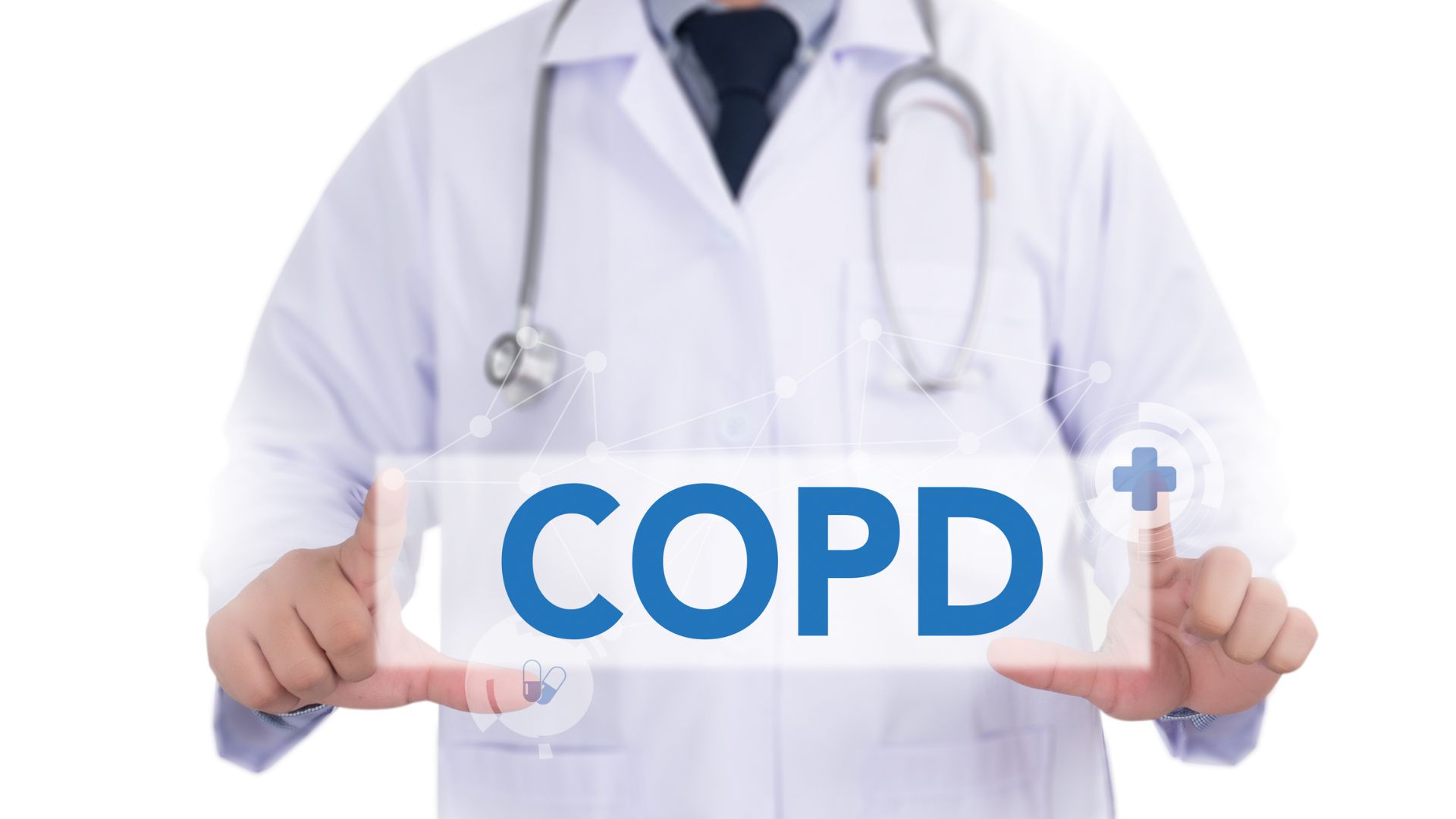COPD, or Chronic Obstructive Pulmonary Disease, is a progressive lung disease that makes it difficult to breathe. It is a term used to describe a group of conditions, including emphysema and chronic bronchitis, that cause inflammation, obstruction, and damage to the lungs over time. COPD is a leading cause of death worldwide and affects approximately 384 million people globally.
Diagnosing COPD usually involves a combination of medical history, physical exam, and pulmonary function tests (PFTs). Here’s what you need to know about each step of the diagnosis process.
Medical History
When diagnosing COPD, the doctor will begin by asking about the patient’s medical history, including symptoms, smoking history, and any other factors that could contribute to lung disease, such as exposure to air pollution, dust, or chemical fumes. The doctor will also ask about any medications the patient is taking that could affect lung function.
Physical Exam
Next, the doctor will perform a physical exam to check for signs of COPD, such as wheezing, shortness of breath, and chest tightness. They may also use a stethoscope to listen to the patient’s breathing and check for any abnormal lung sounds.
Pulmonary Function Tests
Finally, the doctor will perform pulmonary function tests (PFTs) to measure lung function and determine if the patient has COPD. PFTs involve breathing into a machine that measures the amount of air a patient can exhale forcefully, how much air they can inhale, and how quickly they can exhale.
The most common PFT used to diagnose COPD is spirometry, which measures the amount of air a patient can exhale in one second (FEV1) and the total amount of air they can exhale (FVC). A reduced FEV1/FVC ratio indicates that the patient has airflow obstruction, which is a hallmark of COPD.
In some cases, the doctor may order additional tests, such as chest X-rays, blood tests, or CT scans, to rule out other lung conditions or complications.
In conclusion, COPD is a chronic lung disease that can significantly impact a patient’s quality of life. Early diagnosis is essential for managing the disease and preventing complications. A thorough medical history, physical exam, and pulmonary function tests are the primary tools used to diagnose COPD. If you have any symptoms of COPD, such as coughing, wheezing, or shortness of breath, talk to your doctor about getting tested.


